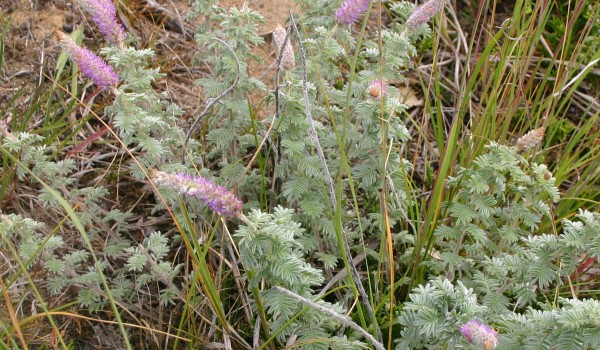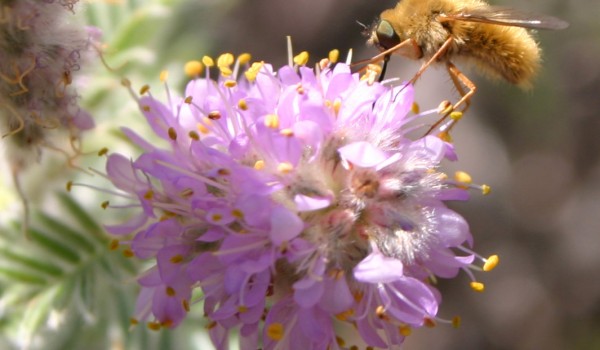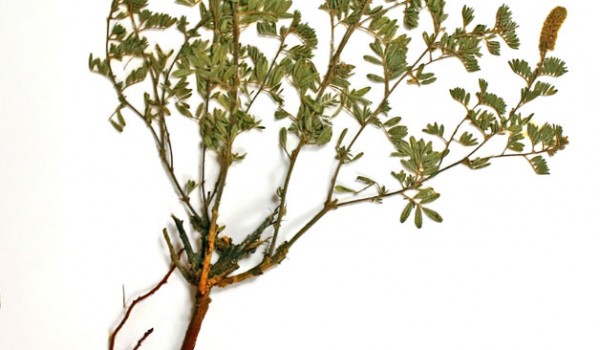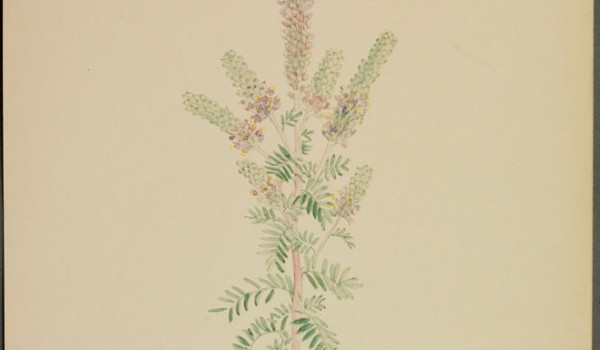Legume (Fabaceae)
Hairy Prairie-clover
Dalea villosa (Nutt.) Spreng.This sand-loving species can be found in partially stabilized sand dunes scattered throughout the prairies. Hairy Prairie-clover is so named because the leaves and stems are covered with a layer of silky hairs, giving it a greyish appearance. This species is visited by lot of unusual ground nesting bees and wasps that live in sandy habitats. Ambush Bugs and Crab Spiders hide on the flowers to catch the many visiting pollinators.
Flower Colour:
- Purple
Flowering Season:
- Summer
Flowering Months:
- August
- July
Canadian Rarity Status:
Protected under Canada’s Species at Risk Act, Manitoba’s Endangered Species Act and Saskatchewan’s provincial Wildlife Act. Plants may be covered under Alberta’s Wildlife Act, though no status has yet been assigned. The collection of wild plants and seeds is illegal on public lands.
Physical Appearance:
Hairy Prairie-clover is an herbaceous perennial with many stems arising from a woody base. The leaves are compound and covered with a layer of long fine hairs. The tiny flowers are clustered into cylinders that are 2-10 cm long. Each flower has a large upper petal, two wing petals at the sides and a curved lower petal that partially hides the stamens and pistil. The short fruit pods contain one or two seeds.
Similar Species:
Purple Prairie-clover, White Prairie-clover
Gardening Notes:
Do not purchase wild-collected seeds or plants. Seeds and/or plants from nursery-raised stock may be available.
Canadian Distribution:
- Alberta
- Manitoba
- Saskatchewan
Prairie Types:
- Mixed Grass Prairie
Habitats:
- Sand dunes
Moisture Conditions:
- Dry
Light Preference:
- Full Sun
Soil Preference:
- Sand
Associated Pollinators:
-
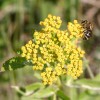 Andrenid Bees, Miner/Digger Bees (Andrenidae)
Andrenid Bees, Miner/Digger Bees (Andrenidae)
-
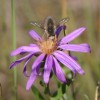 Bee Flies (Bombyliidae)
Bee Flies (Bombyliidae)
-
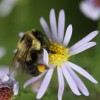 Bumble, Honey, and other Bees (Apidae (Subfamily Apinae))
Bumble, Honey, and other Bees (Apidae (Subfamily Apinae))
-
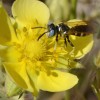 Crabronid Wasps (Crabronidae)
Crabronid Wasps (Crabronidae)
-
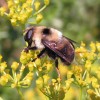 Flower Flies (Syrphidae)
Flower Flies (Syrphidae)
-
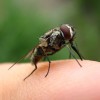 Muscid Flies (Muscidae)
Muscid Flies (Muscidae)
-
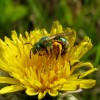 Sweat Bees, Halictid Bees and other Bees (Halictidae)
Sweat Bees, Halictid Bees and other Bees (Halictidae)
-
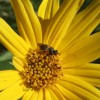 Thick-headed Flies (Conopidae)
Thick-headed Flies (Conopidae)
-
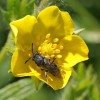 Yellow-faced Bees (Colletidae)
Yellow-faced Bees (Colletidae)
-
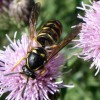 Yellowjacket, Potter, and other Wasps (Vespidae)
Yellowjacket, Potter, and other Wasps (Vespidae)






